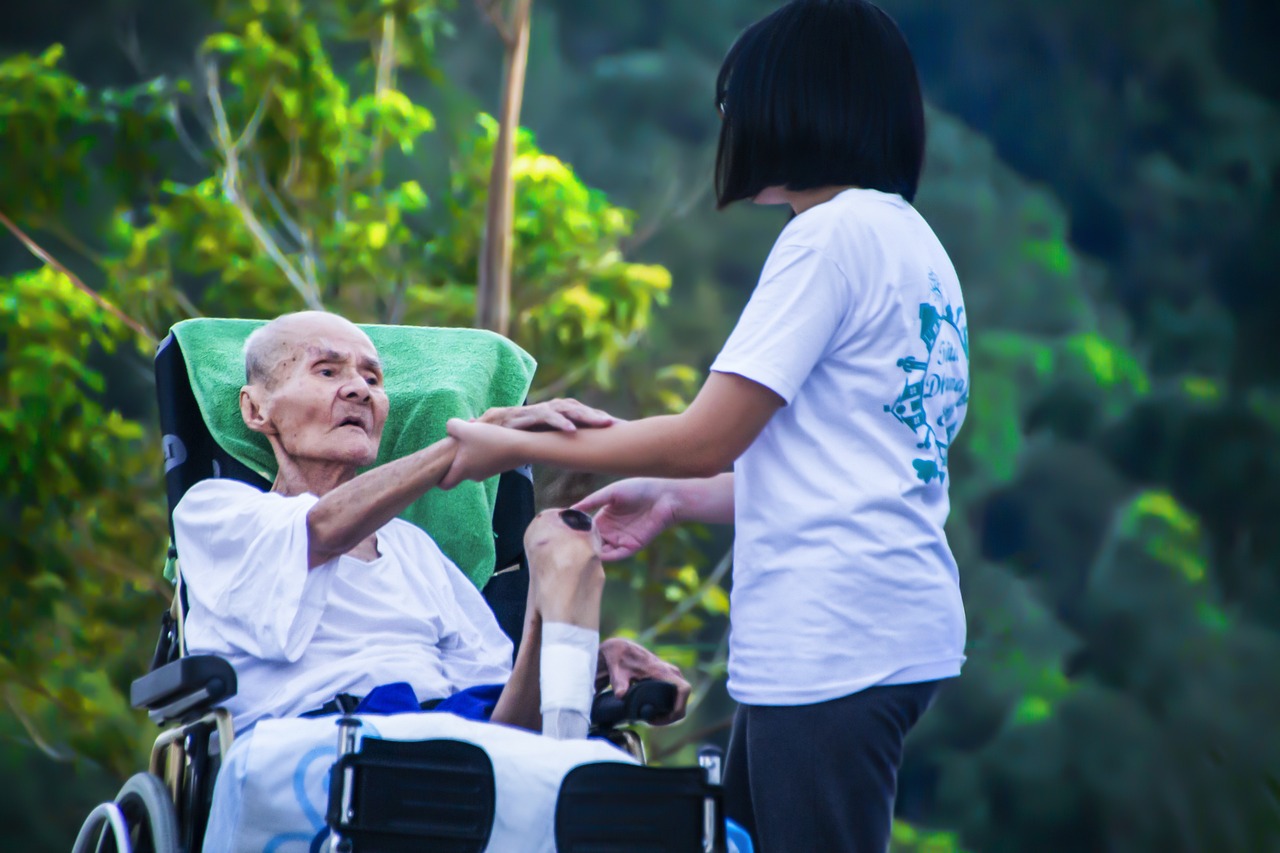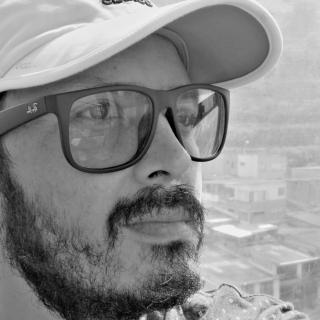
Study points to concern in the community of caregivers about the aging of the Hispanic population
The new report from the American Heart Association (AHA) warns of the need to generate more resources to carry out this work.
The recently published report by the American Heart Association (AHA) highlights the need to ensure the achievement of the resources that caregivers and care recipients need to carry out their work.
The concern becomes even greater if one takes into account that, according to a recent census report, between the years 2010 and 2020 the Hispanic community aged at a faster rate than the rest of the country, a population that has been closely related to the care of the adult population in the United States, not only within their families, but as a professional vocation.
“For many Hispanic/Latino people in the U.S., caregiving is a natural part of family life. Among Mexican Americans, for example, family caregiving has been a cultural norm even under extreme circumstances. However, research suggests that sense of familism may be fading as younger generations become more acculturated or individualistic due to personal circumstances such as work obligations,” highlights AHA.
Spotlighting the Latino Caregiver
The report indicates that in 2020 the Hispanic community in the U.S. reached an average age of 30 years, an increase of 2.7 years compared to 2010, and 4.2 years compared to the year 2000.
For its part, the median age of the non-Hispanic population was higher, close to 41 years, an increase of only 1.5 years since 2010.
"I actually have a sign outside my office that says, 'If aging is not your issue, it soon will be,'" said Adriana Pérez, an associate professor of nursing and the Anthony Buividas Term Chair in Gerontology at the University of Pennsylvania in Philadelphia.
Pérez also refers to how the number of Hispanic adults 65 and older has nearly tripled since 2000, to approximately 4.9 million in 2020, and by 2060, that number is forecast to quadruple.
Hispanic Caregiver Characteristics
The study points out that when it comes to caring for elderly relatives, the Latino community in the U.S. faces unique challenges, such as the following:
- Latino caregivers are an average of 43 years old, making them younger than those of other racial and ethnic groups
- According to a report from the National Alliance for Caregiving (NAC) the person being cared for is typically around the age of 67, with more than one medical condition
- Latino caregivers report more financial and personal pressures, and often have full or part-time jobs
- The NAC report also shows that among all demographic groups, Latinos use the fewest resources for help or information for caregivers
In July, the U.S. Department of Health and Human Services released a new model to ease the burden on unpaid caregivers.
"One of the main challenges (for Latino caregivers) is the lack of outreach. Resources often aren't always available in Spanish. Lower income and a lower rate of medical insurance put health services even further out of reach. The alphabet soup of programs and services to help older adults and their caregivers are often under-resourced and overwhelmed by the number of people who need care,” added Pérez.
Dementia Grows
AHA highlights in its report the life story of María Aranda, executive director of the Edward R. Roybal Institute on Aging at the University of Southern California Suzanne Dworak-Peck School of Social Work.
Coming from a culture where caregiving is part of the family policy, she and her sister are now caring for her 91-year-old mother, who has heart disease.
“Caring for someone with dementia can be taxing. That person may be easily agitated and restless or dealing with delusions or hallucinations. These symptoms can be particularly stressful for a family caregiver who's less likely to have the knowledge or training to manage these types of behavior,” pointed out Aranda.
According to data from the Centers for Disease Control and Prevention, older Latino adults are 1.5 times more likely to have dementia than their white peers.
The study highlights a special barrier that stands in the way of an adequate approach to dementia, and that is the lack of representation in clinical trials.
RELATED CONTENT
Data collected by the census and used by a 2022 study published by The Lancet Regional Health-Americas, indicates that the Hispanic community, which makes up about 20% of the total U.S. population, only represents 6% of the participant population in clinical trials conducted in the country that provide information on ethnicity.
“It's not just because of a lack of outreach and higher uninsured rates. It's also a result of higher distrust of clinical trials within the Latino community,” research shows.
As a response to this scenario, Aranda and Pérez were coauthors of a 2023 report published in Alzheimer's & Dementia: Translational Research & Clinical Interventions that showed the Latino community has been severely underrepresented in clinical studies for Alzheimer's disease and related dementias because of inadequate outreach, including a lack of funding and bilingual workforce.
“Guiding an Improved Dementia Experience” (GUIDE), is a program aimed at providing care coordination and management, education and support for caregivers, as well as respite services, an initiative that Pérez hopes can focus on diverse populations, particularly the Latino community, which is the one with the least access to resources.
It is important to stress that as dementia progresses, the person loses executive function – the ability to learn, plan and manage everyday tasks, including decision making – so caregivers may find themselves faced with additional responsibilities, such as decision-making regarding that person's health care and finances.
Curious how AHA's improving U.S. hospitals? We're shaping science-based guidelines for heart health & stroke care. Our impact? Guidelines in 100+ countries & cited in 100k+ publications. Support AHA's mission for healthier hearts. More:https://t.co/301ZlOlqP6#AHA #HeartHealth pic.twitter.com/cJYCTTMgOx
— American Heart Association (@American_Heart) September 5, 2023
Hands on It
Aranda, who is also the Margaret W. Driscoll/Louise M. Clevenger Professor of Social Policy and Administration at USC, is currently piloting a psychoeducational intervention in English and Spanish for family caregivers of people living with dementia.
For her part, in Philadelphia, Pérez is immersed in a study that monitors cognitive health, heart health and sleep health among older Latino adults.
The “Tiempo Juntos” study looks at the effect of regular exercise on Latinos 55 and older who are not physically active. Group walks and subsequent health screenings provide vital community information that documents health outcomes.
"In order for us to address the inequities that exist in health care, the burden can't just be on Latino scientists or Latino health care providers. It's a responsibility for everyone,” concluded Pérez.











LEAVE A COMMENT: